Introduction
Baizhu, scientifically known as Atractylodes macrocephala, is a revered herb in traditional Chinese medicine (TCM) celebrated for its digestive, spleen-tonifying, and dampness-resolving properties. Central to TCM pharmacopoeia, this rhizome’s efficacy is often enhanced through a meticulous processing technique called chao (stir-frying), which alters its therapeutic focus and reduces harshness. This article delves into the intricate methodology of stir-frying Baizhu, exploring its historical significance, scientific rationale, and step-by-step execution. By understanding this ancient craft, practitioners and enthusiasts alike can unlock the full potential of this herb while preserving its cultural legacy.
The Purpose of Stir-Frying Baizhu
Stir-frying is a cornerstone of TCM herbal processing, employed to modify a herb’s energy, flavor, and therapeutic actions. Raw Baizhu, characterized by its earthy aroma and slightly astringent taste, primarily invigorates the spleen and dries dampness. However, its raw form may be too drying or harsh for individuals with delicate constitutions. Stir-frying addresses this by:
- Enhancing Tonic Properties: Heating transforms Baizhu’s cold, drying nature into a warmer, more nourishing tonic, making it suitable for long-term use.
- Reducing Toxicity: While Baizhu is generally safe, stir-frying mitigates minor irritants, ensuring gentler digestion.
- Directing Efficacy: The process guides the herb’s actions toward specific meridians, such as the spleen and stomach, amplifying its ability to address fatigue, poor appetite, and loose stools.
Tools and Materials Required
Achieving perfection in stir-frying Baizhu demands precision and the right equipment. Essential tools include:
- Wok or Stainless Steel Pan: A wide, shallow pan with a thick base ensures even heat distribution. Non-stick pans are discouraged, as they may retain residual oils or alter flavor profiles.
- Fire Source: A gas stove or open flame provides adjustable heat, critical for controlling the stir-frying tempo.
- Wooden Spatula: Avoids scratching the pan and allows gentle agitation of the herb.
- Raw Baizhu: Select whole, unprocessed rhizomes with a firm texture and earthy fragrance. Avoid specimens with mold, discoloration, or insect damage.
- Auxiliary Ingredients (Optional): Some traditions incorporate bran, wheat flour, or honey to modify the herb’s properties further. However, pure stir-frying (without additives) is the focus here.
Pre-Stir-Frying Preparation
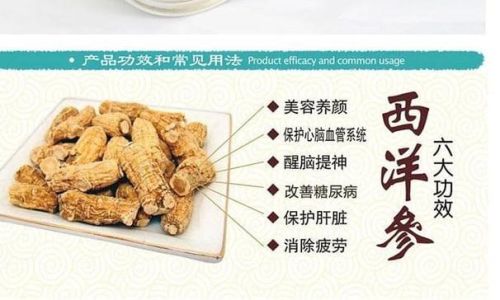
- Cleaning:
- Rinse Baizhu under cool water to remove surface dirt. Avoid soaking, as excessive moisture may lead to steaming rather than stir-frying.
- Pat dry with a clean cloth or air-dry for 30 minutes to eliminate residual water.
- Slicing:
- Cut the rhizome into uniform slices (2–3 mm thick) using a sharp knife. Consistency in thickness ensures even cooking.
- Discard fibrous cores or irregular pieces, as they may burn during processing.
- Preheating the Pan:
Heat the pan over medium-high flame until a drop of water evaporates instantly upon contact. This indicates the pan has reached the optimal temperature (approximately 180–200°C).
The Stir-Frying Process: Step-by-Step
Stir-frying Baizhu is a dance of heat, timing, and intuition. Follow these steps meticulously:
- Initial Heating:
Add 50–100 grams of Baizhu slices to the preheated pan. Adjust the quantity based on pan size to avoid overcrowding, which traps steam and prevents proper drying.
- Continuous Stirring:
Using the wooden spatula, stir the slices vigorously and continuously. This prevents scorching and ensures uniform exposure to heat.
- Observing Color and Aroma:
As the herb heats, its pale yellow hue deepens to a golden brown, and a toasted, slightly sweet aroma emerges. This transformation typically takes 8–12 minutes, depending on heat intensity.
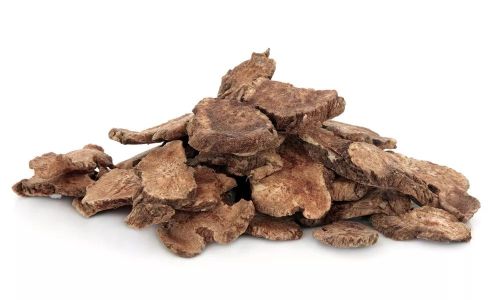
- Temperature Adjustment:
If the slices brown too quickly, reduce the flame to medium-low to prevent burning. Conversely, increase heat if moisture lingers, indicated by steam or a raw, grassy scent.
- Testing for Doneness:
Remove a slice and allow it to cool. The texture should be crisp yet brittle, with no residual starchiness. Overcooked Baizhu will emit a burnt odor and darken excessively.
- Cooling:
Transfer the stir-fried Baizhu to a stainless steel tray or bamboo sieve. Spread it evenly to halt cooking and prevent condensation, which could reintroduce moisture.
Quality Assessment of Processed Baizhu
The success of stir-frying hinges on achieving specific sensory and physical criteria:
- Visual Cues: The slices should exhibit a uniform golden-brown hue without blackened edges or white, undercooked patches.
- Olfactory Evaluation: A toasted, nutty aroma with subtle sweetness indicates proper Maillard reaction, while a burnt or acrid smell signals overprocessing.
- Tactile Test: Processed Baizhu should snap cleanly when bent, demonstrating adequate dehydration. Soggy or pliable slices require reheating.
Common Mistakes and How to Avoid Them
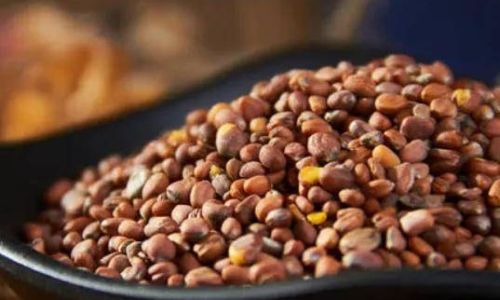
- Uneven Heating:
Overcrowding the pan leads to inconsistent browning. Use a larger pan or reduce batch size.
- Inadequate Stirring:
Pausing during stirring allows moisture to accumulate, causing steaming. Maintain constant motion.
- Incorrect Temperature:
High heat risks burning, while low heat prolongs cooking, increasing starch gelatinization. Find a balance through trial and error.
- Insufficient Drying:
Processing damp slices results in a soft, chewy texture. Ensure thorough pre-drying.
Scientific Rationale Behind Stir-Frying
Modern research sheds light on the biochemical changes during stir-frying:
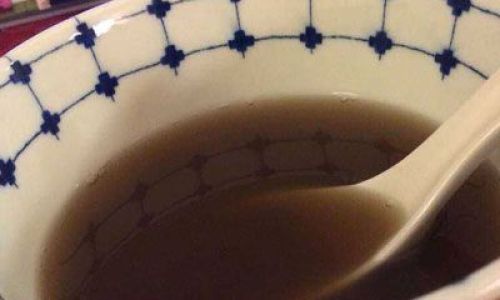
- Starch Gelatinization: Heat breaks down complex starches into simpler sugars, enhancing digestibility and sweetness.
- Volatile Oil Release: Heating liberates aromatic compounds like atractylone, contributing to the herb’s fragrance and therapeutic effects.
- Enzyme Inactivation: Thermal processing denatures enzymes that might degrade active constituents, stabilizing the herb’s potency.
Storing Stir-Fried Baizhu
Proper storage preserves the herb’s efficacy:
- Containers: Use airtight glass jars or stainless steel canisters to protect against moisture and pests.
- Environment: Store in a cool, dry place away from direct sunlight. Avoid refrigeration, as condensation may occur.
- Shelf Life: Processed Baizhu retains its quality for 6–12 months when stored correctly.
Therapeutic Applications of Stir-Fried Baizhu
Stir-frying enhances Baizhu’s compatibility with formulas targeting:
- Spleen Qi Deficiency: Symptoms include fatigue, bloating, and loose stools. Stir-fried Baizhu’s warmer nature fortifies the spleen without over-drying.
- Postpartum Care: Its gentle tonic action aids recovery by nourishing qi and blood.
- Pediatric Formulas: The reduced harshness makes it suitable for children with digestive weakness.
Safety Precautions
While Baizhu is generally safe, adhere to these guidelines:
- Dosage: Limit daily intake to 6–15 grams to prevent gastrointestinal discomfort.
- Contraindications: Avoid in cases of yin deficiency with heat signs (e.g., night sweats, dry mouth).
- Allergies: Monitor for adverse reactions, though rare.
Conclusion
Stir-frying Baizhu is more than a culinary technique—it is a bridge between ancient wisdom and modern wellness. By mastering this process, practitioners honor TCM’s legacy while adapting it to contemporary needs. The golden-brown slices, imbued with toasted sweetness and enhanced therapeutic depth, stand as a testament to the harmony of tradition and precision. Whether for clinical use or home apothecary, the art of stir-frying Baizhu invites us to engage with nature’s bounty, guided by fire, time, and reverence for the healing arts.
Final Word
In an era dominated by synthetic solutions, the revival of traditional herbal processing offers a path to holistic health. Stir-frying Baizhu exemplifies TCM’s philosophy: that nature’s gifts, when handled with care and understanding, yield profound benefits. As you embark on this journey, remember that patience and attention to detail are your greatest allies. The pan sizzles, the aroma rises, and in that moment, you become a custodian of centuries-old knowledge, transforming a humble rhizome into a beacon of well-being.
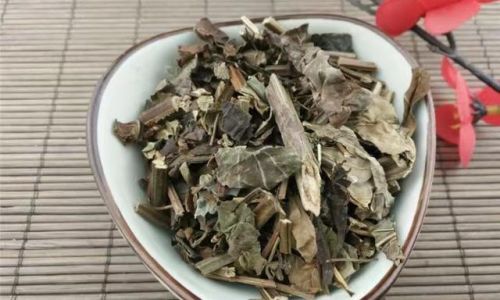

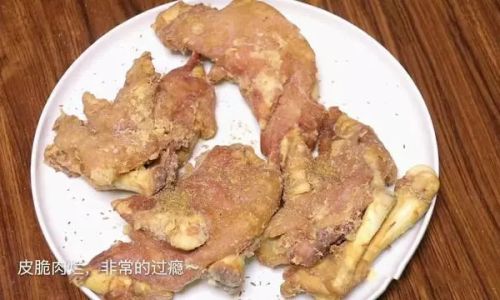
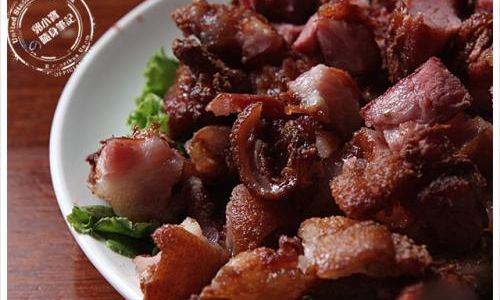
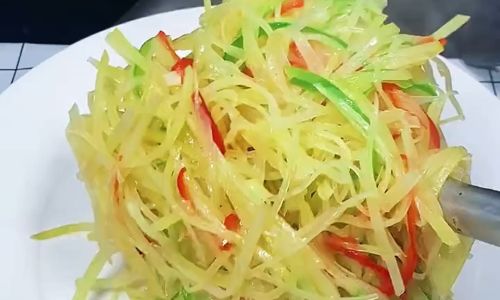
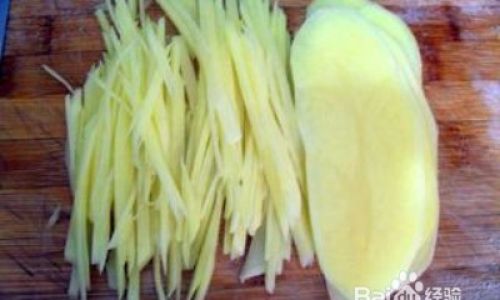
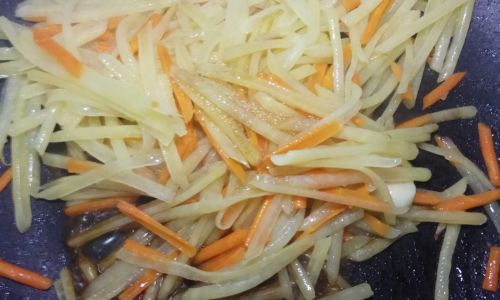
0 comments